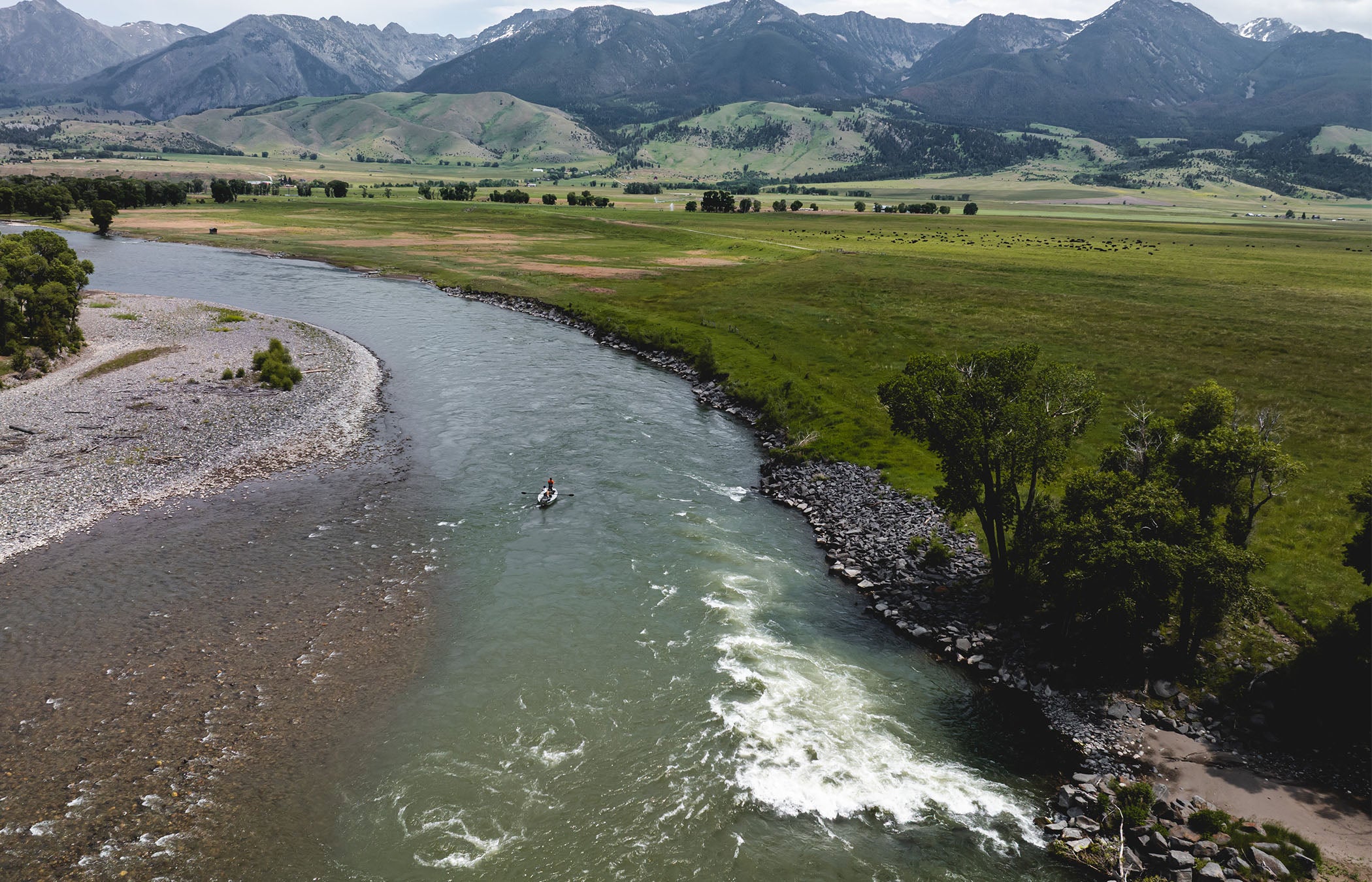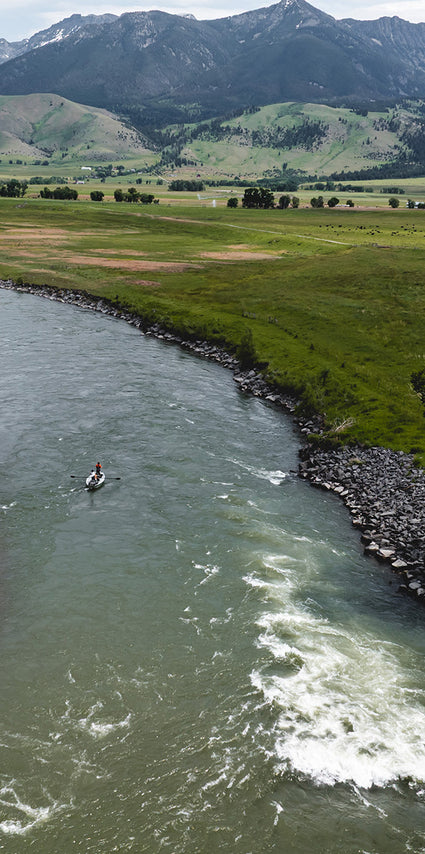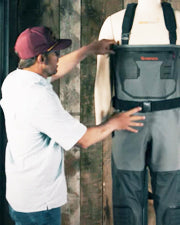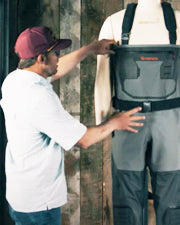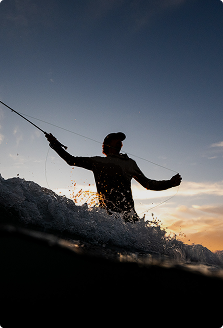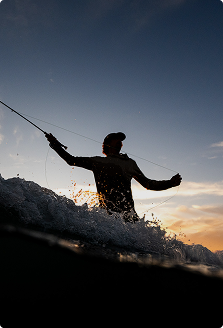DIY Repairs
WADERS-PINHOLE LEAK REPAIR
While one single pinhole may not cause a noticeable leak, left unrepaired, more pinholes can form causing a larger issue. Regular inspection and preventative maintenance should be performed.
WADER STRAP DIVIDER
PATCHING WADERS
ZIPPER REPAIR
REPAIRING WADERS: BOA LACING SYSTEM REPAIR


Extended Sizing Selection
Need a wader size that's not available as a stock size? Extended wader size options are linked at the bottom of the page.


Stockingfoot Or Bootfoot
Add nearly any size neoprene bootie or rubber bootfoot to any GORE-TEX wader body / size combo.


Waterproof Relief Zipper
YKK® AQUASEAL® zipper placed horizontally and strategically for easy relief.
- Lead time is approximately 8 weeks from payment depending on demand.
- Payment must be collected prior to your wader being made.
- Once accepted, your order may not be canceled.
- Waders may not be returned to SIMMS for refund or exchange.
- Download the Simms Custom Wader info sheet for full list of options and pricing.


